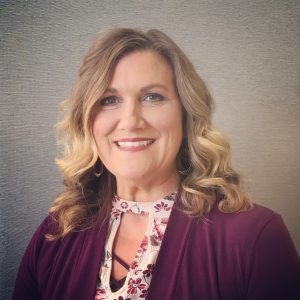Navigating the uncertainties of when to reach out for medical assistance can be a daunting challenge. The thin line between a minor concern and a potentially critical situation can leave somebody grappling with uncertainty, often unsure of when to call for help.  The Great Plains QIN team developed a When to Call for Help Tool to help.
The Great Plains QIN team developed a When to Call for Help Tool to help.
The Call For Help Action Plan features two distinct zones: yellow and red. Within the yellow zone, individuals are advised to contact their doctor or nurse specialist, clearly stating the reason for their call, or alternatively, visit Urgent Care. In the red zone, if symptoms align with this critical phase, the tool recommends calling 911 or proceeding directly to the emergency room.
This tool includes dedicated sections tailored to address specific concerns, such as infection/sepsis, lung and pneumonia issues, urinary complications, wound and skin care, blood pressure fluctuations, chest pain, diabetes management, mental or behavioral health matters, and drug or alcohol abuse disorders. Individuals or providers are able to print out our When to Call for Help tool and reference it when making decisions about care options.
 “An emergency department’s number one purpose is to deal with emerging, life-threatening situations. Many emergency department visits in the United States are for non-urgent conditions. The use of the emergency department for non-urgent conditions can lead to unnecessary testing and treatment, excessive costs, and weaken the relationships between patients and their primary care providers. The appropriateness of going to the emergency department can be confusing so Great Plains QIN has developed the When to Call for Help tool to help a person decide when to call their physician or go to urgent care and/or when it might be appropriate to head to the emergency department. ” Stated by Tammy Wagner, RN, CADDCT, CDP, LSSGB; Great Plains QIN Quality Improvement Advisor.
“An emergency department’s number one purpose is to deal with emerging, life-threatening situations. Many emergency department visits in the United States are for non-urgent conditions. The use of the emergency department for non-urgent conditions can lead to unnecessary testing and treatment, excessive costs, and weaken the relationships between patients and their primary care providers. The appropriateness of going to the emergency department can be confusing so Great Plains QIN has developed the When to Call for Help tool to help a person decide when to call their physician or go to urgent care and/or when it might be appropriate to head to the emergency department. ” Stated by Tammy Wagner, RN, CADDCT, CDP, LSSGB; Great Plains QIN Quality Improvement Advisor.

